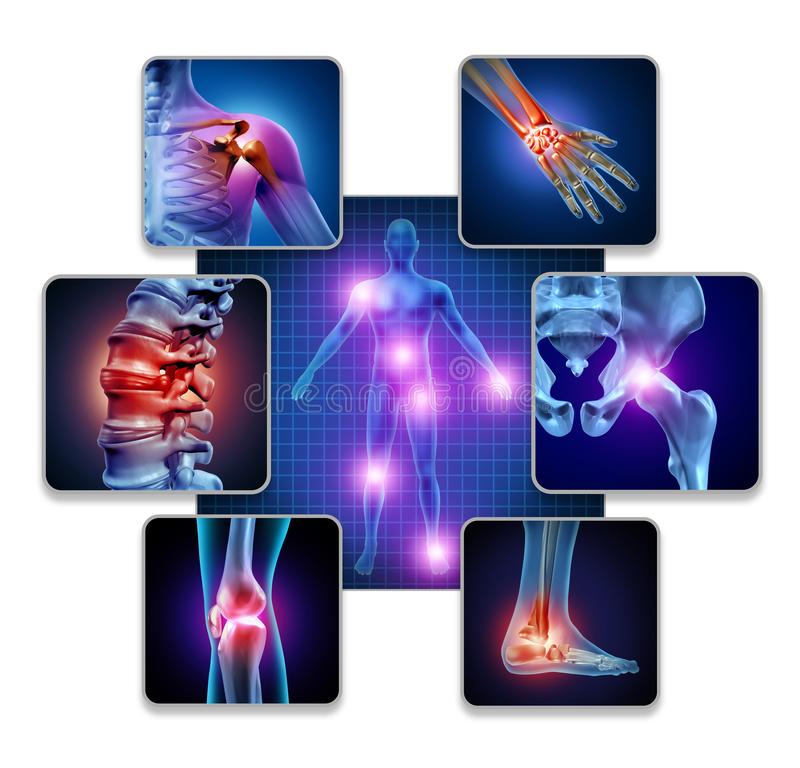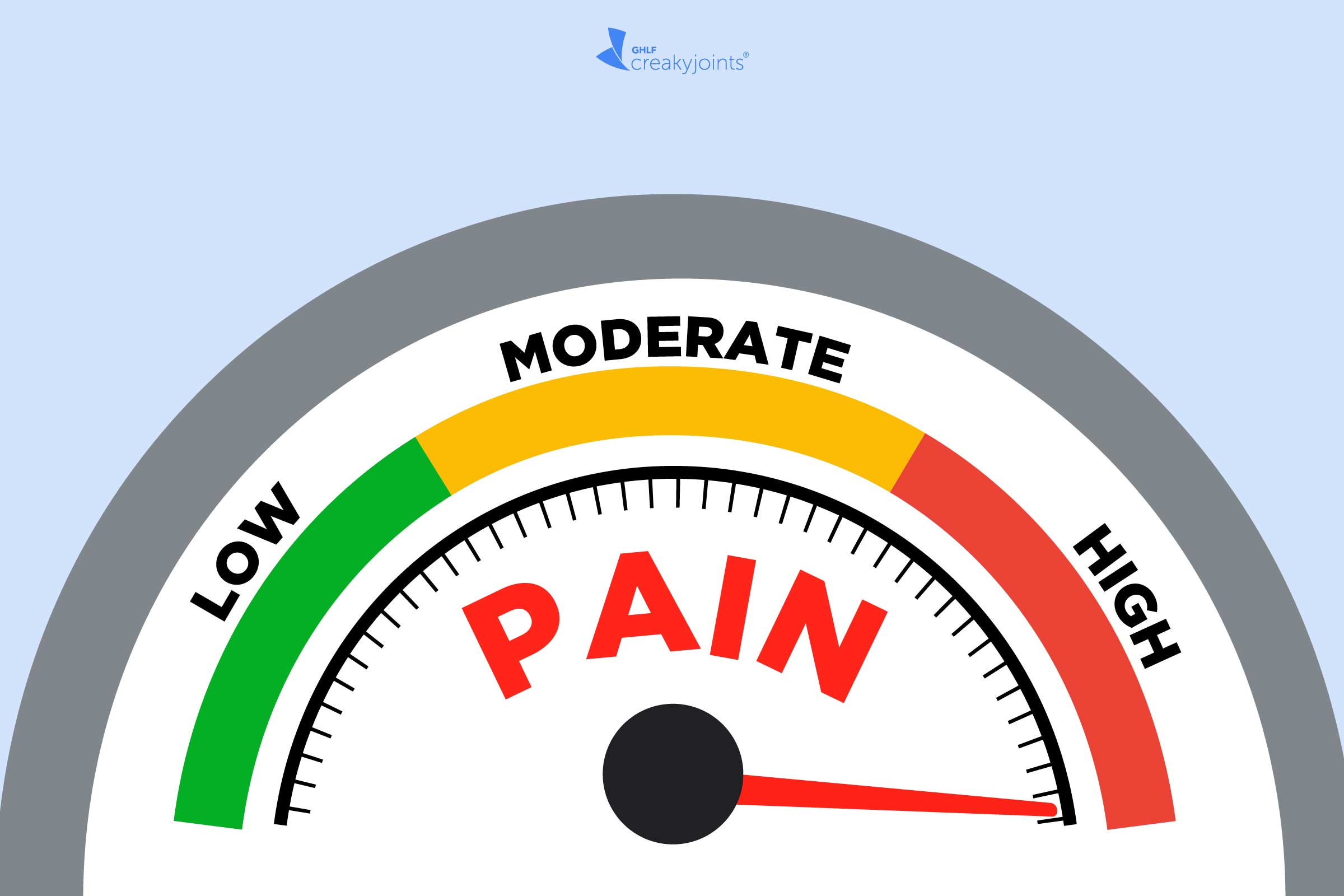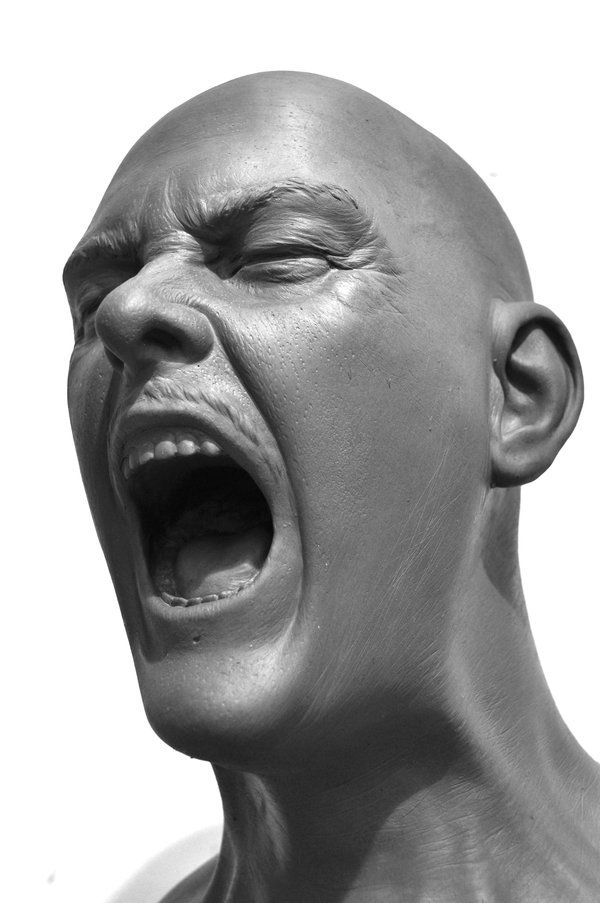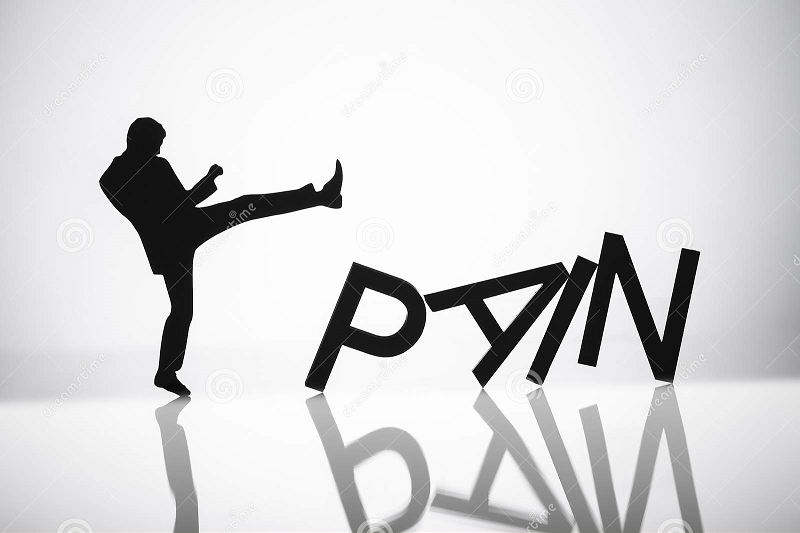Why Does Pain Happen and What Does it Mean?
Why Does Pain Happen?
When we experience pain, sometimes it's easy to forget we aren't just feeling it in our bodies. A sprained ankle makes the foot hurt, but the root of that pain is actually coming from the brain. Pain is simply our brains processing the fact that our bodies have been damaged. Because our brains process information differently, we each feel pain differently. Here are some factors that can increase the amount of pain we feel, how long we feel it or how intense it is:
- Stress

- Poor mental health
- Anxiousness
- Worrying
- Anger
- Poor emotional health
- Focusing on the pain
- Boredom
Why we feel pain
We already have a good idea of how pain travels through the body. If you burn your finger, the nerves in your finger send a message from the hand up to the brain, making a few stops along the way, to let it know it's been hurt. The brain then gives us the physical sensation of pain.
The journey of pain
- STAGE 1: THE INJURY
When you injure yourself, like stubbing your toe, nerve receptors in the skin, muscles, bone and blood vessels in your foot sense that there is danger. They trigger an electrical signal bound for the brain to alert it.
- STAGE 2: NERVES
A connection of nerves communicates to keep moving the electrical signal up your body, with the next stop being the spinal cord. Stressed or anxious moods can leave "gates" open to allow pain messages through to the brain. Reducing stress helps close the gates and lessens the amount of pain that makes it past this point.
- STAGE 3: THE SPINAL CORD
The pain messages reach the spinal cord. At that point, your body releases a chemical to set off signals in the brain. Your spinal cord then sends signals for your muscles to contract and move your foot away from the pain.
- STAGE 4: THE BRAIN
When the pain message reaches your brain, it's sent to different regions that control physical and emotional responses. Poor emotional health could mean you're in for a bad reaction and might trigger the fight-or-flight response in your limbic system.
Different types of pain mean different things
What are the 4 types of pain?
THE FOUR MAJOR TYPES OF PAIN:
- Nociceptive Pain: Typically, the result of tissue injury. ...
- Inflammatory Pain: An abnormal inflammation caused by an inappropriate response by the body's immune system. ...
- Neuropathic Pain: Pain caused by nerve irritation. ...
- Functional Pain: Pain without obvious origin but can cause pain.
Acute vs. Chronic Pain
Pain is a sign that something has happened, that something is wrong. Acute pain happens quickly and goes away when there is no cause, but chronic pain lasts longer than six months and can continue when the injury or illness has been treated.
What qualifies as chronic pain?
Chronic pain is long standing pain that persists beyond the usual recovery period or occurs along with a chronic health condition, such as arthritis. Chronic pain may be "on" and "off" or continuous. It may affect people to the point that they can't work, eat properly, take part in physical activity, or enjoy life.
What are examples of acute pain?
Pain is generally considered acute when it lasts fewer than three months. Acute pain typically starts suddenly in response to an injury — a cut, bruise, burn, broken bone, or pulled muscle, for example. Acute pain can also be caused by a fever or infection, labor contractions, and menstrual cramps.
How to get rid of pain
Call Anodyne Pain and Wellness South Denver today. We will do a consultation with you to determine the root cause of your pain and develop a personalized plan of action to not only relieve your pain, but to correct the actual cause of it.
We treat you as the whole person, and not just your pain symptoms. Physical problems respond best to a physical solutions. At Anodyne, our team are physical medicine pain specialists.

Posted In:
Chronic Pain
Joint Pain
